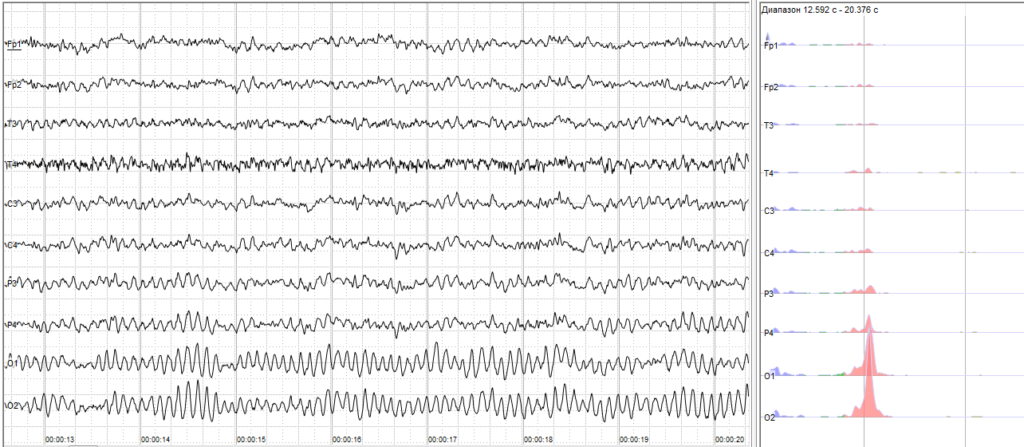Gamma Waves in the Brain–Fumes or Fundamental?
SAN DIEGO—The most fundamental question of how information is coded and processed in the brain is being re-examined, and the controversy drew an overflow crowd of neuroscientists to participate in an intense debate at the Society for Neuroscience Annual Meeting in San Diego.
The textbook explanation that information is coded digitally by the firing rate of neural impulses (the spike code) is well established, but high frequency waves of electrical activity are also detected in the brain, oscillating at the same frequency as AC current in the United States (about 60 Hz). These waves are seen as oscillations in neuronal voltage, and in electric current flowing through tissue surrounding brain cells, and in the rhythmic firing of neural impulses at this frequency. Whether these so-called gamma waves are fundamental to how the brain operates or they are instead an irrelevant byproduct, like the hum of an electronic amplifier, divides neuroscientists into two camps.
Many believe gamma oscillations boost information processing in sophisticated ways to provide cognitive capabilities that cannot be achieved by a simple spike code. Neurons are prone to fire at the peaks and inhibited from firing at the troughs of gamma waves. In theory, the rhythmic oscillations could sort, filter, and organize the flow of information through the brain with the proper timing and synchrony required for thinking, perceiving the world through our senses, focusing attention, and in making and recalling memories. See my article in Scientific American “Do Brain Waves Conduct Neural Activity Like a Symphony?”
https://www.scientificamerican.com/article/do-brain-waves-conduct-neural-activity-like-a-symphony/
